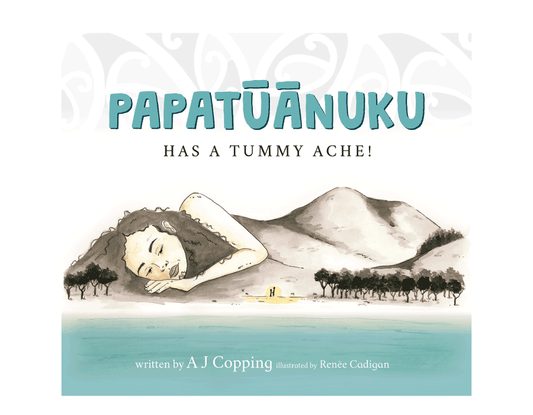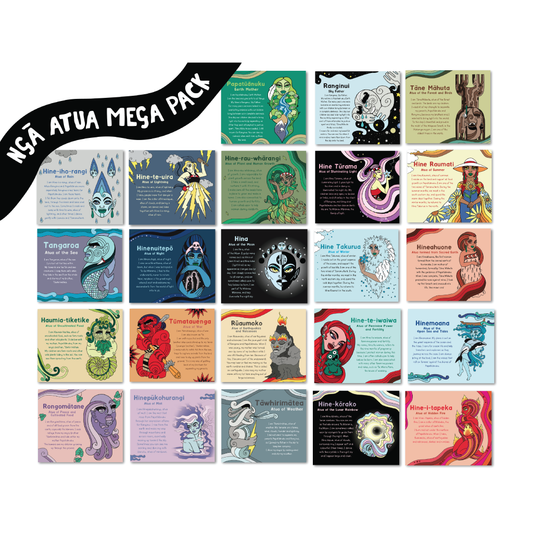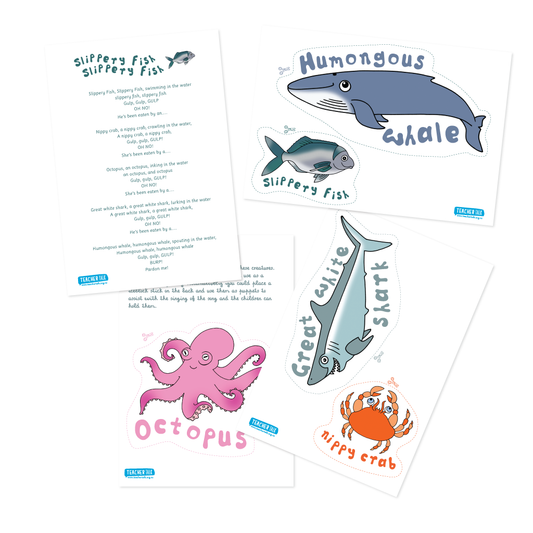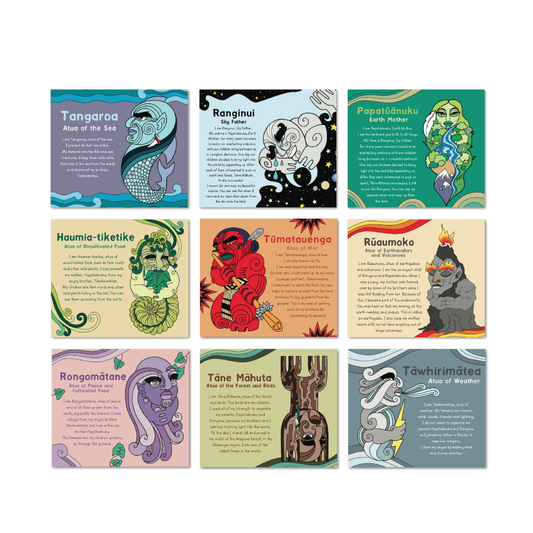Each year, Mahuru Māori offers us as kaiako a powerful opportunity to reflect on our practice and the role we play in revitalising te reo Māori. While the celebration is marked in September, the kaupapa reaches far beyond one month—it’s about building daily habits and meaningful practices that honour our dual heritage and ensure te reo Māori thrives in the voices of our tamariki and mokopuna.
Why Mahuru Māori Matters in Early Learning
The early years are a natural time for tamariki to acquire language. Their ears are open, their voices are eager, and their minds are curious. By weaving te reo Māori into everyday routines—whether it’s singing a waiata during group time, using kupu hou at kai time, or greeting tamariki with a warm mōrena—we are creating authentic learning moments that tamariki carry with them.
This mahi goes deeper than language acquisition. Te reo Māori holds culture, identity, and worldview. When we use it with intention, we nurture belonging and pride for Māori tamariki, while also strengthening cultural fluency and empathy for all. In this way, Mahuru Māori helps us fulfil Te Whāriki’s vision of children who are “strong in their identity, language, and culture.”
Living the Dual Heritage of Aotearoa
As kaiako, our work is grounded in Te Tiriti o Waitangi. Embedding te reo and tikanga Māori is part of honouring that partnership in real and practical ways. Each kupu spoken, each pūrakau shared, each waiata sung is more than a teaching tool—it’s a recognition of tangata whenua and the stories of this land.
In embracing Mahuru Māori, we are also modelling bicultural practice for tamariki. We are showing them what it looks like to walk in two worlds, to honour both Māori and Pākehā perspectives, and to value the richness that comes from a shared heritage.
Building Habits for Future Generations
The daily choices we make as kaiako ripple far beyond the classroom walls. When we normalise te reo Māori in our teaching, we plant seeds for the future—seeds of confidence, cultural pride, and inclusivity. Tamariki who grow up hearing, speaking, and valuing te reo will carry that into their own whānau and communities.
Mahuru Māori reminds us that revitalisation is not about grand gestures, but about consistent, authentic practice. A karakia at the start of the day. A bilingual story shared before rest time. A simple reminder to whakamahia tō rākau hā—use your breathing stick—when emotions run high. These small moments add up to lifelong change.
Supporting Your Practice
At TeacherTalk, we’ve created a range of Te Reo Māori Rauemi to support kaiako in weaving the language naturally into early learning environments. From flashcards and memory games to crafts and activities, these resources are designed to spark engagement and help tamariki learn through play. You can explore the full collection here: TeacherTalk Te Reo Māori Rauemi.
Closing Thoughts
Mahuru Māori invites us to pause, reflect, and re-commit to te reo Māori in our practice. But beyond September, it challenges us to keep going—to keep embedding kupu, waiata, and tikanga into the rhythms of our day. In doing so, we are not only honouring Te Tiriti o Waitangi and the intent of Te Whāriki, but also shaping a future where te reo Māori is alive and thriving for generations to come.




